Plant nomenclature is a huge topic and you can delve as deep as you like – there’s always more to learn!
Common names versus scientific names
Plants have two different sorts of names, a common one, such as sweet rocket, and a scientific one, in this case Hesperis matronalis. The benefit of having a scientific name is that it is totally unique to this plant and recognised around the world, whereas the common name will not only vary from country to country but from region to region within a country; the Royal Horticultural Society (RHS) lists no less than 15 different British common names in current use for sweet rocket; and worse still, one of its common names, gilliflower, is also a common name for a completely different plant, the Brompton stock, Mattholia incana.
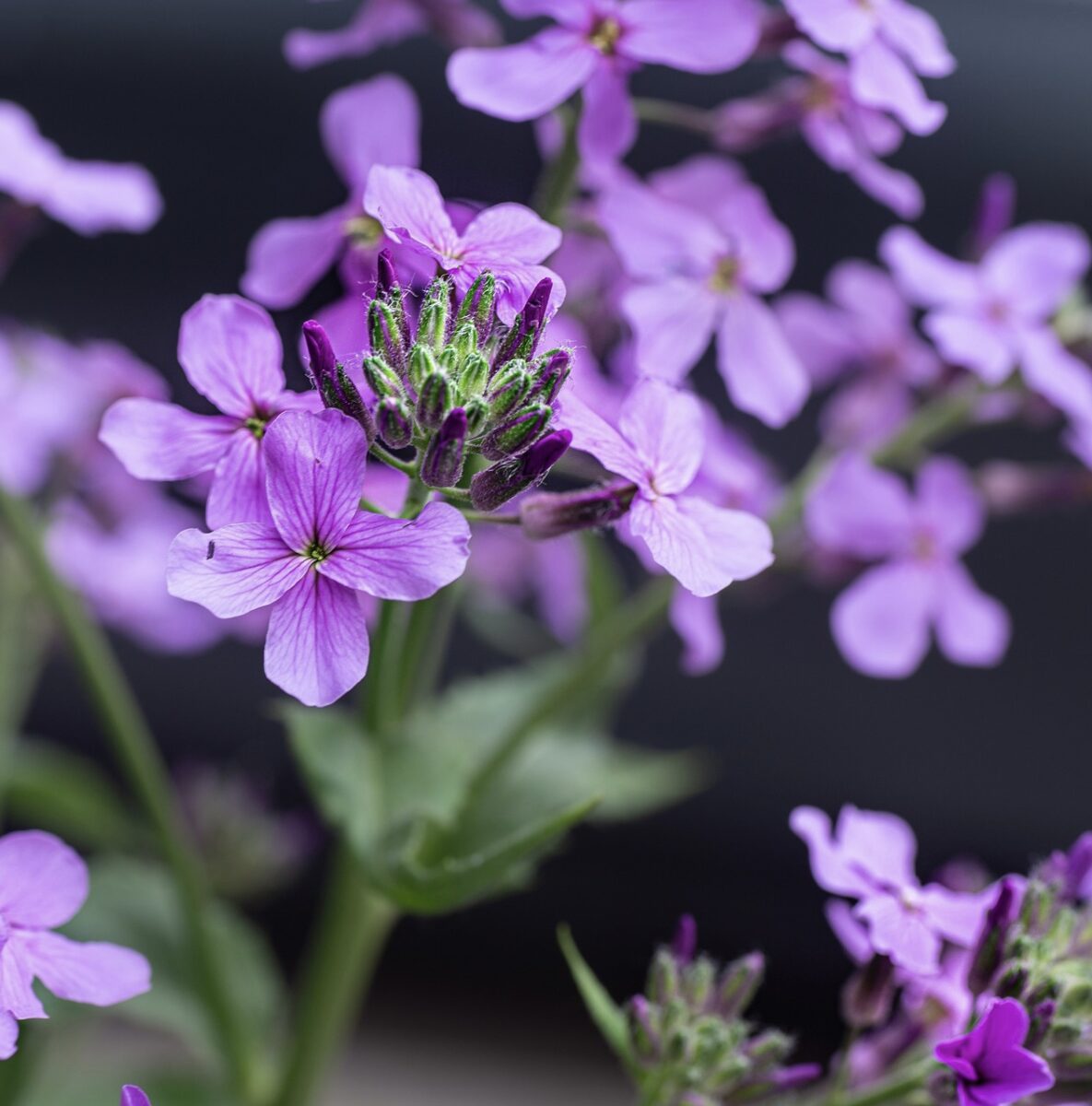
Why are there two parts to a scientific name?
A plant’s scientific name will always have two parts, a genus name first, and then a species epithet second, and so are part of a centuries’ old naming convention known as the binomial system of classification.
Many are based on Latin words as this was the universal language of science at the time that the Swedish botanist Carl Linnaeus developed the system, in 1753. Even if some of words are from a different language such as Greek, or are derived from the name of their discoverer, they are all subjected to the rules of Latin grammar.
Because Latin is a foreign language the words should be written in italics, in just the same way that words in say French or Spanish are.
The genus (plural genera) describes the broader category that the plant belongs to and is always written with an initial capital letter. The species epithet is more of a descriptive adjective to explain how this particular plant varies from others in the same genus such as alba (white) nanus (small) or nigrum (black) and always starts with a lower case letter. Remember that they follow Latin grammar rules so it can be alba, albus, or album depending on whether the genus as a whole is deemed to be feminine, masculine or neuter (I know, I know, but Elaine loves all this stuff ..).
If the species epithet derives from the name of the person who discovered it, the word will be in the Latin possessive (belonging to) form with a double ii on the end, for example Salvia greggii, discovered by Josiah Gregg, or more literally Gregg’s salvia.
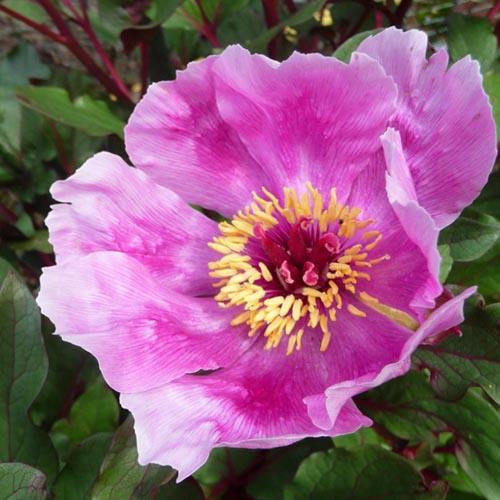
Another set of species epithets refer to the origin of the plant: japonica, californica. Adding -ensis is another way of doing this, maderensis, chinenesis. You can learn an awful lot from the words incorporated in a plant’s scientific name, so no wonder that a classicist like Elaine is like a pig in clover with it all.
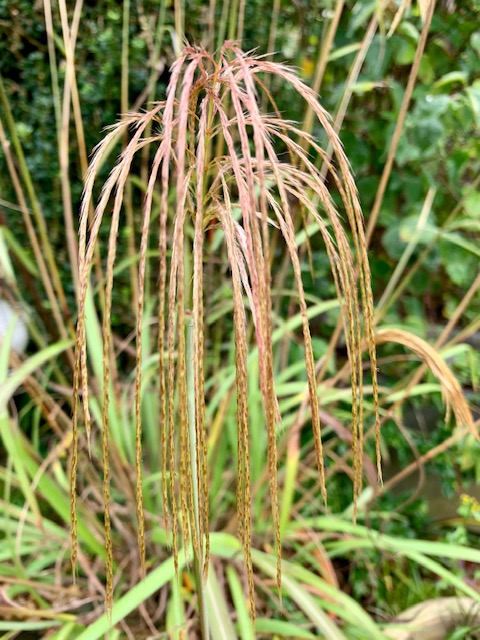
Cultivated varieties of garden plants
The scientific names of many garden plants will just be as described above, with two parts, the genus and the species epithet. Take the annual sunflower we all know and love – Helianthus annus. Helianthus is from the Greek helios for sun so tells us something about the look of all the plants in this genus, and then annus explains that this particular species is an annual plant.
But within any species there is natural variation and over the years through a process of selection, controlled crossing, and back-crossing (only allowing a plant to be self-pollinated) plants still within this species, can be produced with different looks, and sold. The plant will then have a third name, its cultivated variety, shortened to cultivar, which is given to it by the plant breeder. These are not in Latin, so not italicised, always start with capital letters (with a capital for each word if there is more than one) and are written within speech marks. The cultivar name must always be preceded by the scientific name as there are several that are in common use, for example ’Cherry Brandy’ can be a rose, a daisy or a gaura.
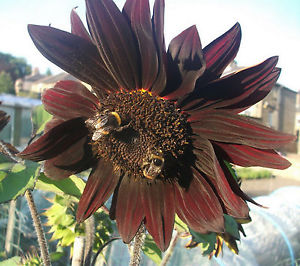
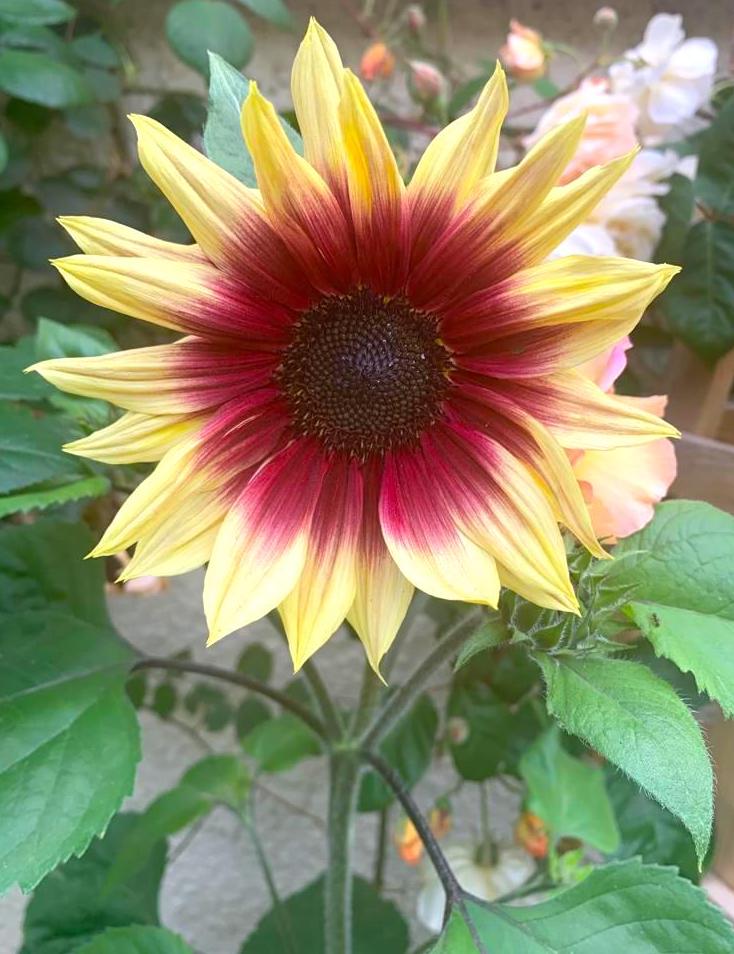
* ‘Claret’ is also actually an F1 hybrid, and often described as such, which means it is the result of a deliberate crossing two already backcrossed and stable cultivars; the upshot of a cross like this is likely to be a more vigorous plant but one that will not come true from seed, so it has to be bought each year and is usually more expensive. F1 hybrids are very common in vegetables.
If you’re comfortable with genus, species and cultivar names give yourself a big pat on the back – there are many organisations and businesses (and some sisters) that should know better that can’t even get this right. Just google a few sites and you will see an array of basic errors. For the gold standard, look at the way the RHS or Gardeners World name a plant.
Subspecies varieties and forms
So let’s move on to some more nuanced definitions. As part of natural evolution, a plant species in the wild may start to develop differences in appearance from others in the same species particularly if it lives in a geographically isolated area with a limited gene pool. Where these differences are quite pronounced the strain will be declared a subspecies for example the species Euphorbia characias actually exists as two distinct subspecies, Euphorbia characias subsp. wulfenii, which inhabits the eastern Mediterranean and Euphorbia characias subsp. characias which inhabits the western Mediterranean basin.
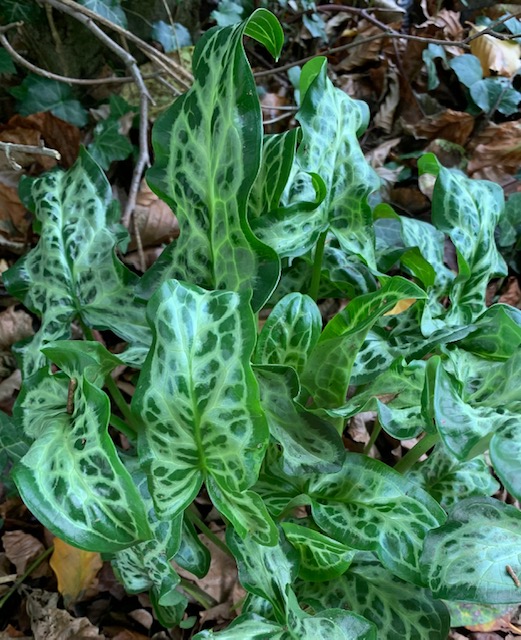
If the differences are not related to geographical location but occur across the entire range of the species, then it will be declared a variety (but note this is a naturally occurring variety, not one artificially controlled by man as in the cultivated variety we came across earlier). An example would be a natural variety of black-eyed Susan from its geographical range in North America Rudbeckia hirta var. pulcherrima (pulcherrima simply translating from Latin as very beautiful).
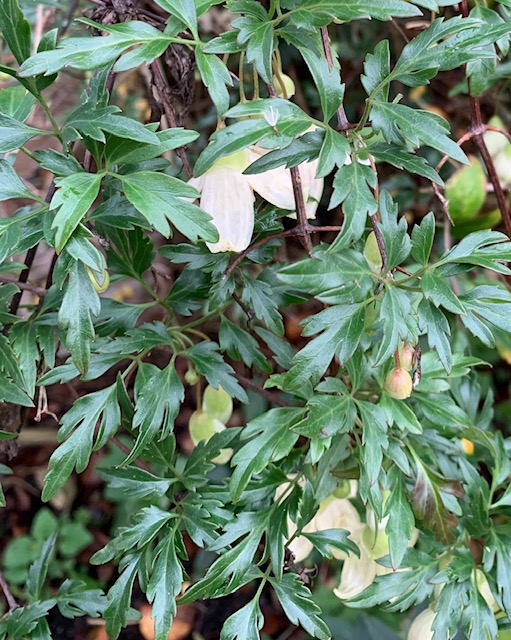
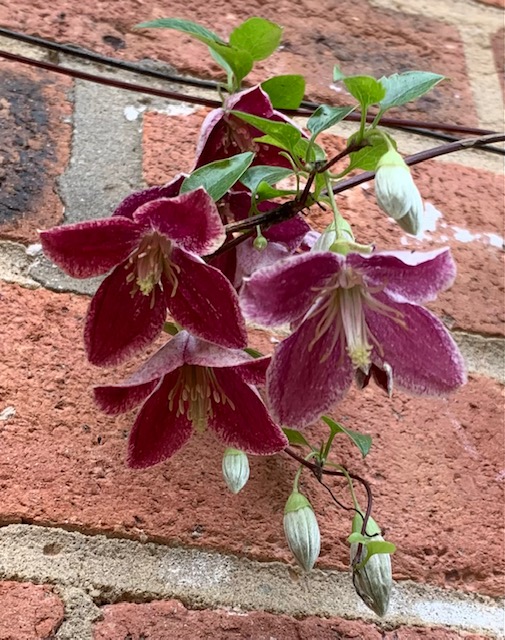
If the difference is confined to just to minor differences such as tone of colour it will be considered a form, such as the white form of our native foxglove, Digitalis purpurea f. albiflora
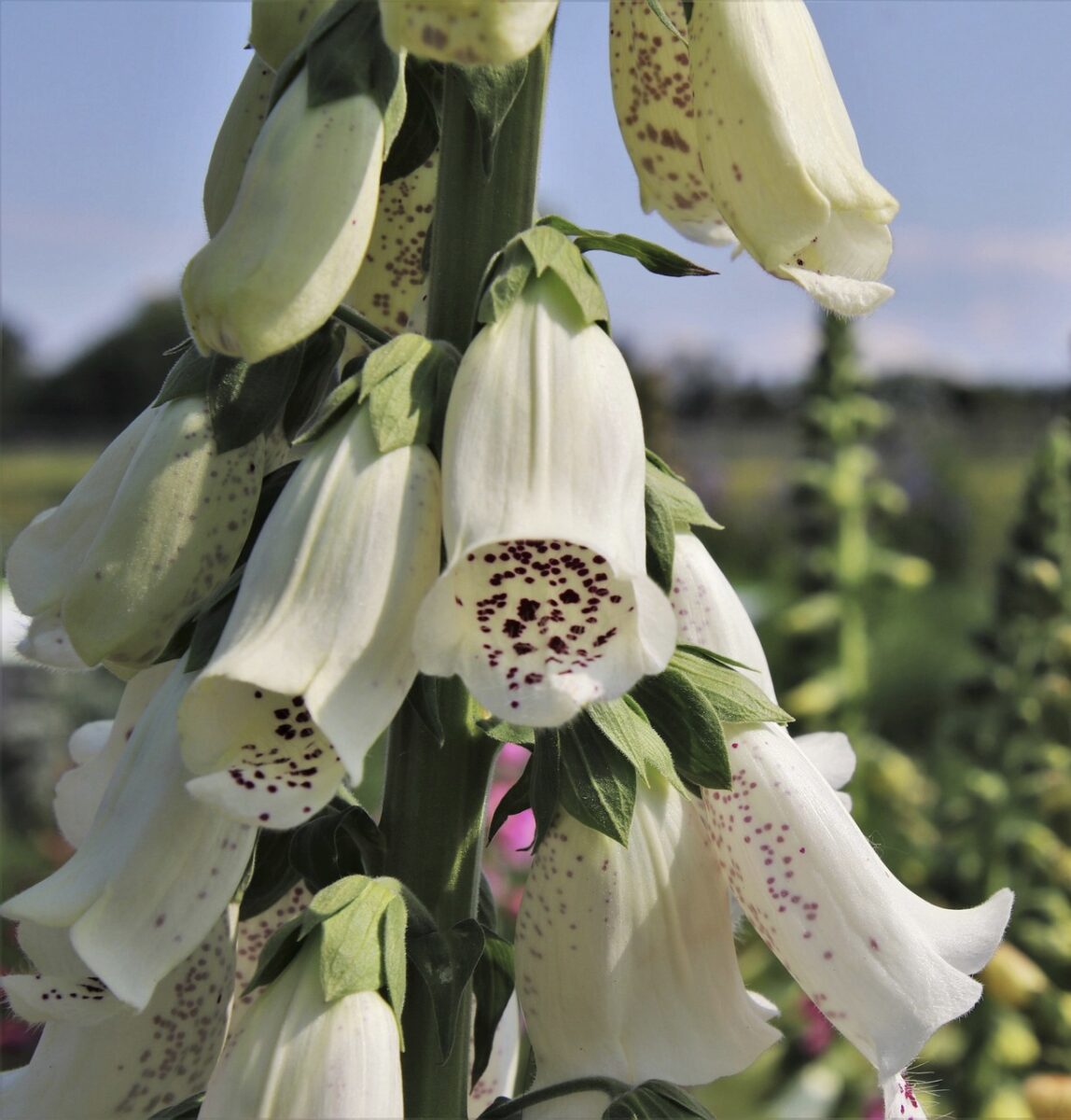
In an added twist, the words subspecies, variety and form are all considered to be English, not Latin, so their abbreviations, subsp. (or ssp.), var. and f. are NOT italicised, although the name of the deviation from the norm is latinised so IS in italics!
Plant families
Subspecies, varieties and forms are all definitions below the rank of species but there are also several much broader categories above this rank, and the one most commonly used in horticulture, and beloved of Carol Klein I’ve noticed, is the family. So genera with similar broad characteristics will be grouped together in a family. Families are usually named after a prominent genus within them and adding ’aceae’ on end so Rosaceae, Asteraceae, and Liliaceae. It can fun looking at which genera fit into which family and spotting the likenesses between seemingly very different plants – most fruit trees are in the Rosaceae family based on having flowers with five petals around a central boss of stamens and fleshy fruit with hard seeds. The best description of different families I have found is on the Gardeners World website so I have put a link to this at the end.
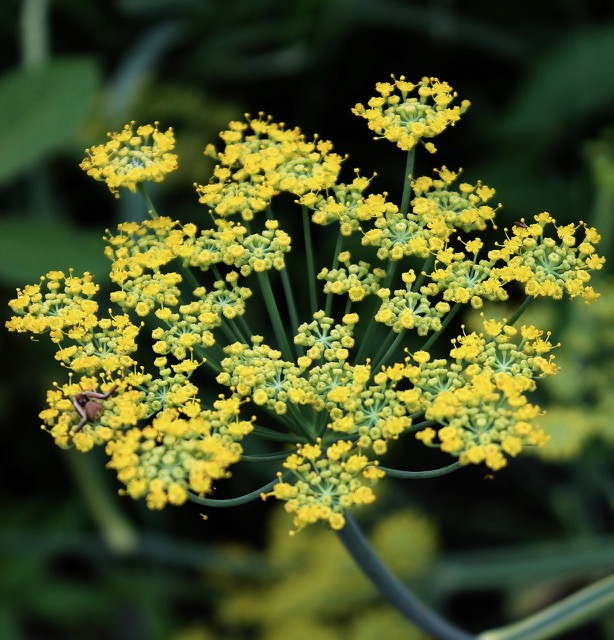
Pitfalls
There are a few tricky areas in plant nomenclature that can trip you up.
1.Proper nouns. The common names of plants should always start with lower case letters; buttercup, sage, cow parsley. This didn’t used to be the case and you will still find older texts (and gardeners!) who capitalise common names, but it is not the accepted practice nowadays. The only exception to this is when there is a proper noun in the common name, which should start with the usual capital letter. So, Californian poppies, Queen Anne lace, French lavender. However, in the Latinised scientific name proper nouns are not capitalised even if they include someone’s name.
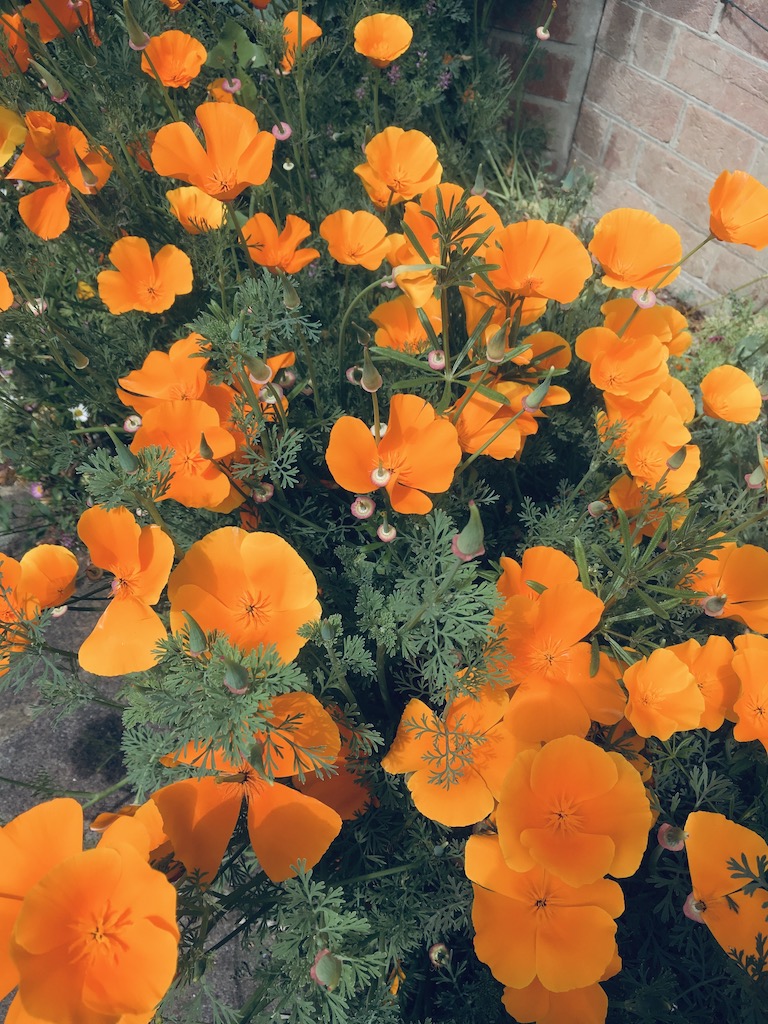
2. When scientific names are also common names. Another area for confusion is where the genus part of the scientific name is also regularly used as its common name, such as rhododendron, iris and salvia. You have to make a judgement call over the context in which you are referring to the plant. ‘Me? I love a nice rhododendron’ to my mind indicates the use of it as a common name . ’There are certain plants that thrive in acid soil such as Erica and Rhododendron’ strikes me as a case in which the scientific version is more appropriate, but it is a subjective area. A couple of helpful rules of thumb are that the moment you add an s to the name as a plural you have anglicised it and it should always be written as a common name, rhododendrons, asters, delphiniums. And if you add the species epithet to the name it automatically becomes the scientific name, Rhododendron luteum – good luck!
3. Using the genus or species epithet on their own. Using the genus name on its own is fine in describing a group of similar plants; Sempervivum, Betula, Helleborus, but using the species epithet on its own is hopeless as it is only really an adjective to describe a particular member of that specific genus, and the same words will keep cropping up. Silver birch is Betula pendula, but there is also a weeping indigo called Indigofera pendula and several others with this epithet, so it only has meaning when combined with the genus name.
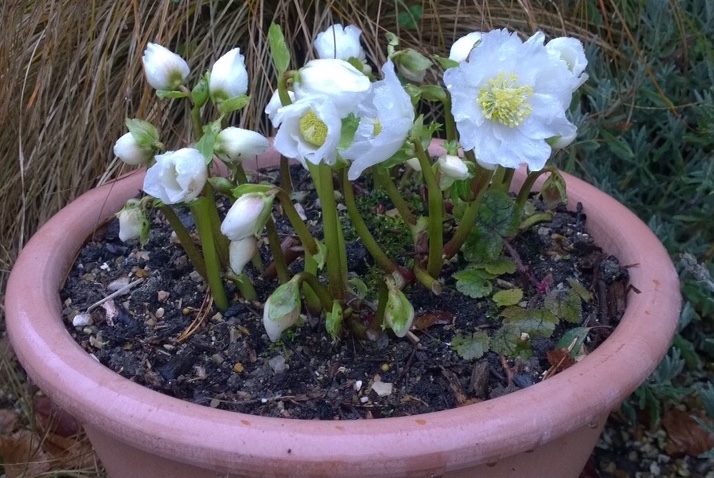
However to save you from laboriously writing out the full scientific name each time, you can shorten the genus name to a single capital, italicised letter followed by a dot, provided you have at an earlier point written out the genus name in full, and it is clear that you are still talking about plants in the same genus ‘Where I live, Salvia greggii is hardy but S.guarantica needs frost protection’.
Hybrids
So far we have only talked about F1 hybrids which are the result of crossing two distinct breeding lines within the same species, but many of our garden plants are the results of crosses between different species, either in the wild or deliberately by plant breeders. Most commonly this will be a cross between two species of the same genus, and will create a new species with a new name, but the fact that this is the result of a cross will be indicated by a multiplication sign between the genus and the species name. So the winter flowering honeysuckle Lonicera x purpusii is the result of a cross between L. fragrantissima and L. standishii. If a plant is the result of repeated interspecies crosses that may be too complicated to unravel, it may not have a species name at all but just the genus followed by the cultivar name. This is the case for many roses and recent hellebore introductions.
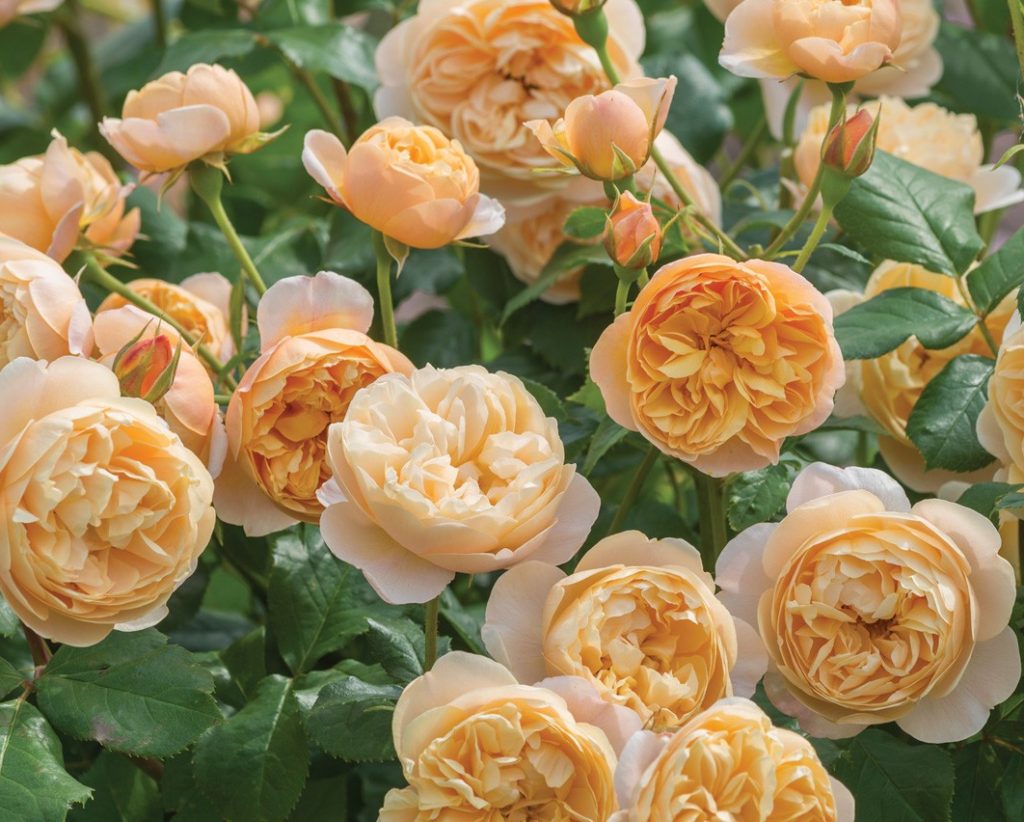
Clever plant breeders can now also cross plants belonging to different genera, and the convention here is to put the cross in front of the genus name, so x Amarcrinum for the new bulb that is the result of crossing Amaryllis and Crinum.
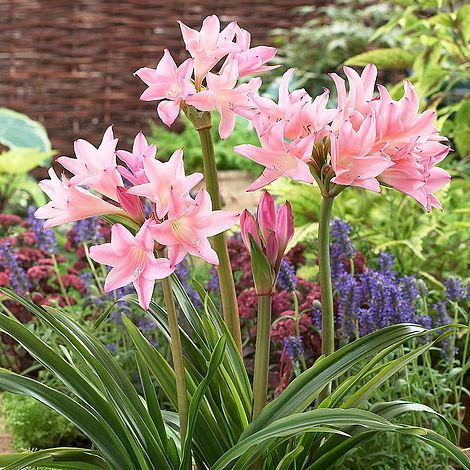
Name changes
As plant science advances, particularly in the science of DNA analysis, it is inevitable that sometimes we find that plants have been put in the wrong taxonomic rank and name changes have to be made, e.g. Sedum to Hylotelephium. The draft changes are put to the International Commission for Botanical Nomenclature which holds a congress every six years to consider the evidence for the proposed changes and either accepts them or rejects them. They are next due to meet in 2023 so brace yourself for more garden favourites to be rechristened something unpronounceable.
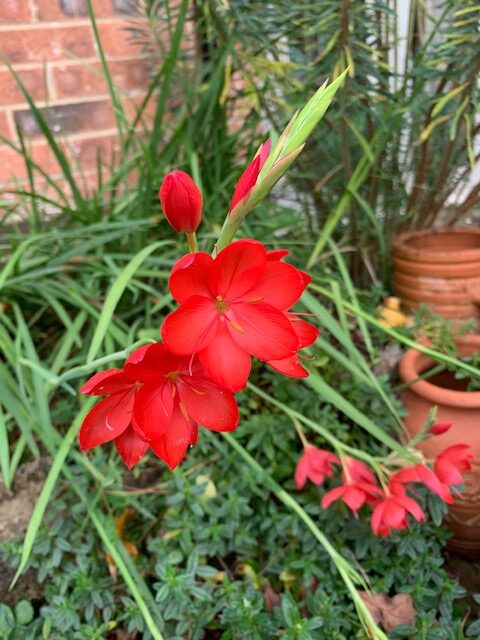
Trade names and Plant Breeders Rights
Because of commercial pressures and marketing needs, a new suite of names has arisen. These commercial names and trade designations are designed in part so that Plant Breeders Rights can be registered. Thus the hard-working plant breeders can get some financial return for the years of work it takes to bring a new cultivar to the market. I am no expert in how these are formulated or used which is more for the realm of the professional nursery trade than for us amateur gardeners, but you may well come across them in some of the newer introductions.
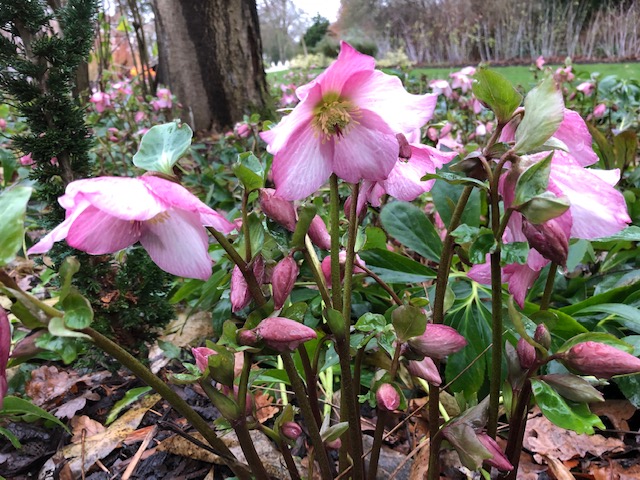
And in this seven minute video I go through some of the plant naming rules with some real examples.
For a more in depth look at the shared characteristics of some of the main plant families the Gardeners World website is very helpful.
Think you’ve got the hang of this plant naming business?
Have a go at my little quiz!
More NB If you’re not already a subscriber and you’d like a bit more gardening chitchat from the3growbags, please type your email address here and we’ll send you a new post every Saturday morning.
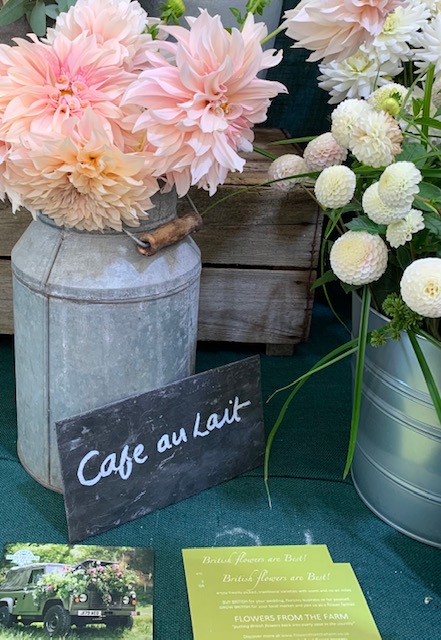
6 replies on “Plant names explained”
Very useful. I was amused by your choosing the miscanthus as an example. I volunteer at Kew once a week, where we have a fine, silky specimen, renamed by us as Miscanthus MyLittlePonyensis.
Hello Elizabeth, glad you found the blog post helpful, to use the equine analogy again, it’s my hobby horse, and I love your nickname for the grass! Miscanthus nepalensis is really one of my favourite grasses, I grow mine in a pot near the front door where the late afternoon sun catches its seed heads. How lovely to be a volunteer at Kew Gardens, you must learn so much there. Best wishes Laura
Hello chères “3 grow bags” sempervirens cela se dirait il d’ailleurs ?
Très amusant et très instructif votre article. Oui les noms latins nous aident bien surtout lorsque chacun peine ” un peu dans la langue de son interlocuteur Jardinier …hihi
J’aime lire vos article chaque samedi, cela me fait travailler mon anglais, mais j’ aboue basculer assez vite en français .
P.S. l’expression” comme un cochon dans du trèfle ” est savoureuse!! ? ?? ?? ?
Have a nice week-end everyone.?????
Merci de nous avoir écrit, Catherine. Nous sommes ravis que notre blog vous plaise, et très impressionnées que vous vous donniez la peine de la traduire en français. Latine pour toujours! Bon jardinage! Elaine.
As per usual a very interesting explanation for us common gardening peeps. Perhaps if garden centres used the Latin names for all plants that would be helpful. In the meantime if anyone wants me I’ll be ‘in horto’ Keep gardening girls x
This article’s A-Z list is a treasure trove for green thumbs, providing a thorough guide that transforms indoor gardening into a pleasant adventure of discovery and care. Thank you for suggesting this intriguing plants name.